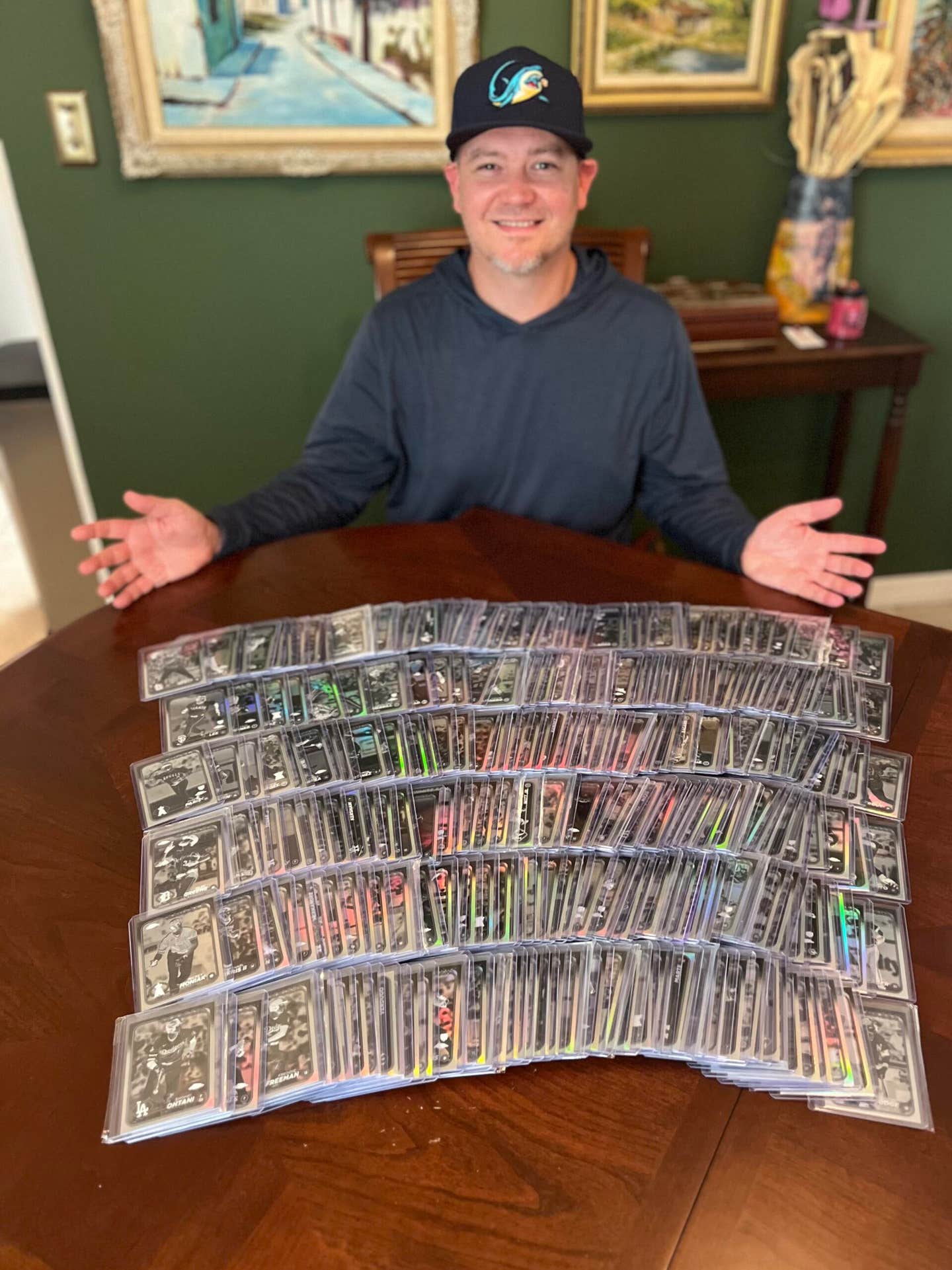Grading Cards
PSA Introduces Half Grades for Trading Cards
After carefully considering significant changes in the trading card marketplace and listening to the requests of hobbyists, Professional Sports Authenticator (PSA) will implement a new half-point precision grading system effective February 1, 2008. The familiar 1 through 10 PSA grading scale will now also include a half-point grade from 1.5 through 8.5.
The expanded grading scale will apply only to single cards, not unopened packs or tickets.
“As the card market advances, we felt it was imperative to enhance our grading standards so the grade can more accurately reflect the quality and value of the card,” said Joe Orlando, President of PSA, a division of Collectors Universe, Inc. (NASDAQ: CLCT).
“The original 1 to 10 PSA scale was the sound choice to help the grading concept gain acceptance in the 1980s, but with the ever-increasing price gaps and disparities now between grades as well as the popularity of the PSA Set RegistrySM, the time is right to modify the system and provide more assurance to hobbyists. Now when a seller claims, ‘This card is at the high end for its grade,’ buyers can have PSA’s unbiased, third-party opinion about that description.”
In a statement explaining the new system, PSA emphasized that a card certified with a half point grade is considered an exceptional example within the particular grade. Because centering is so important and clearly visible to most collectors, the strength or weakness of the centering will have a significant impact on the final grade.
Orlando pointed out there are now huge differences in values between PSA 7, 8 and 9; in some cases, literally thousands of dollars.
“For example, if a 1955 Topps Sandy Koufax rookie card in PSA NM-MT 8 is currently worth about $2,200 and a PSA Mint 9 is worth approximately $18,000-plus, there should be a card that falls somewhere in between those two numbers,” explained Orlando who also is Editor of Sports Market Report, a monthly price guide.
PSA will add a half-point grade within each of the 1 to 10 numbers with the exception of a 9.5 grade.
“We felt it was not necessary to add a third Mint grade since PSA already has a Mint 9 and Gem Mint 10 grade as part of the current scale. For the first time, this new system will also help separate cards that are graded Poor or Fair since the previous scale combined those two grades at the same PSA 1 level. This can result in a significant difference in value if the card in question is a T206 Honus Wagner or a 1952 Topps Mickey Mantle.”
Owners of PSA-certified cards do not have to re-submit them, but can take advantage of optional re-grading. Orlando emphasized that the whole grades, PSA 1 through 10, still apply and are valid, and that there is absolutely no obligation for collectors or dealers to send their already-certified cards to PSA for half-point consideration.
“Cards submitted under the optional re-grade program will never be in jeopardy of going down in grade,” Orlando explained. “The only risk in submitting cards under this new program would be the cost of the submission since there is no guarantee that the cards will reach the higher, half-point grade. But when a 1951 Bowman Willie Mays card in PSA 7 now is valued around $3,200 and about $11,000 in PSA 8, there’s little downside in finding out if your card qualifies as a 7.5. Depending on the specific card, there also can be substantial price gaps between whole grades even in the lower end of the grading scale.”
Detailed information about the new PSA grading scale and the submission of cards can be found online at www.PSAcard.com.








